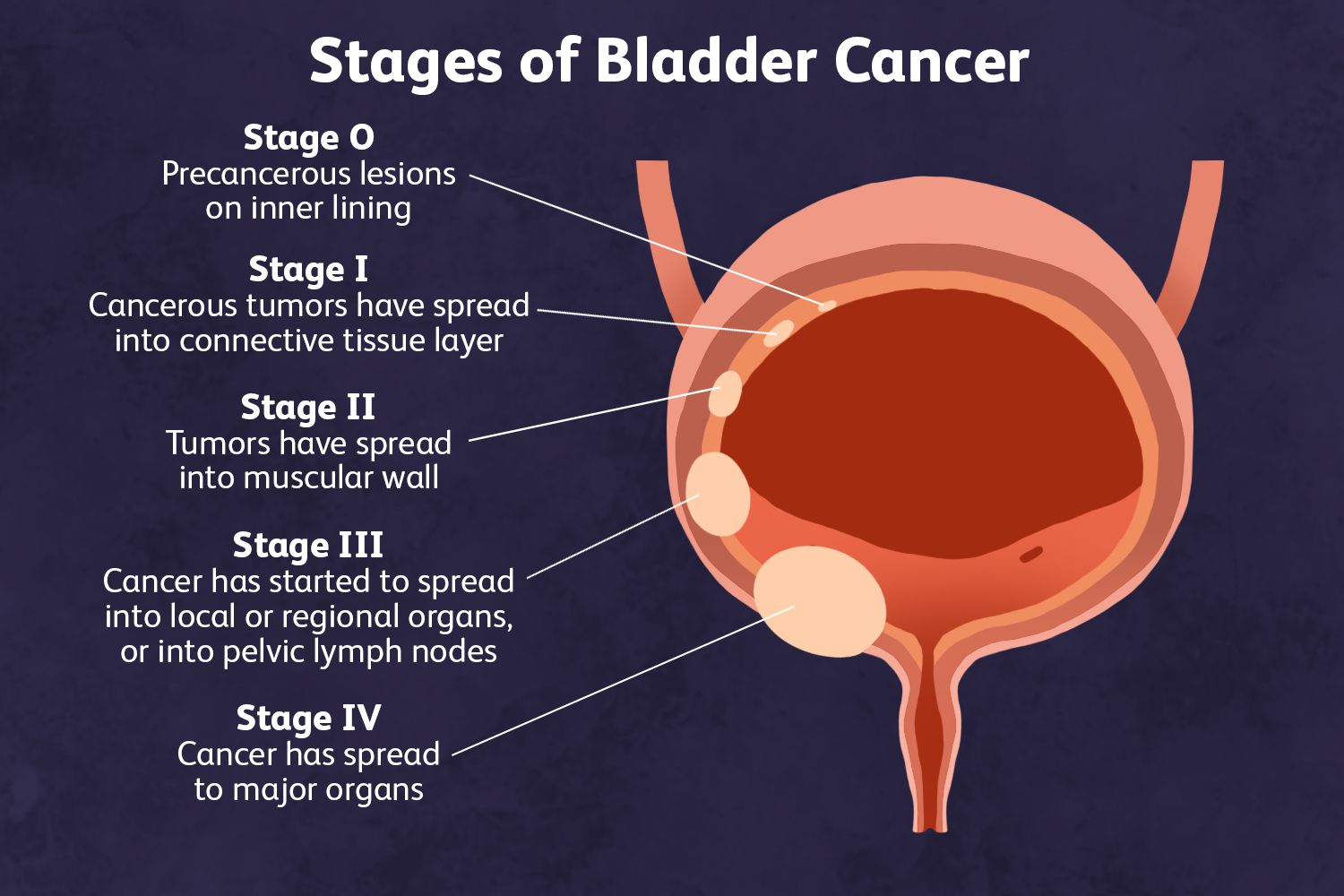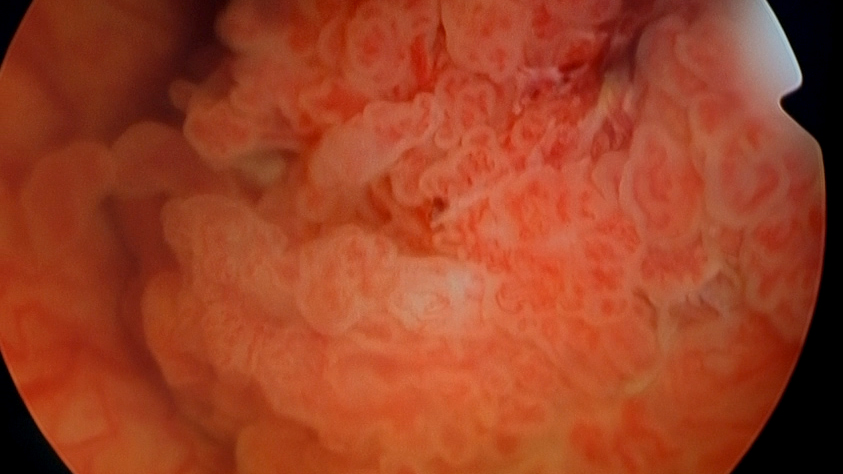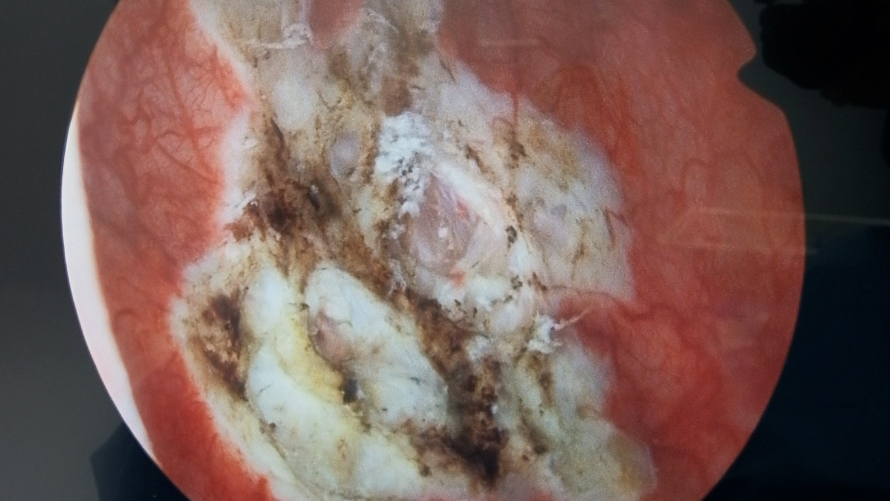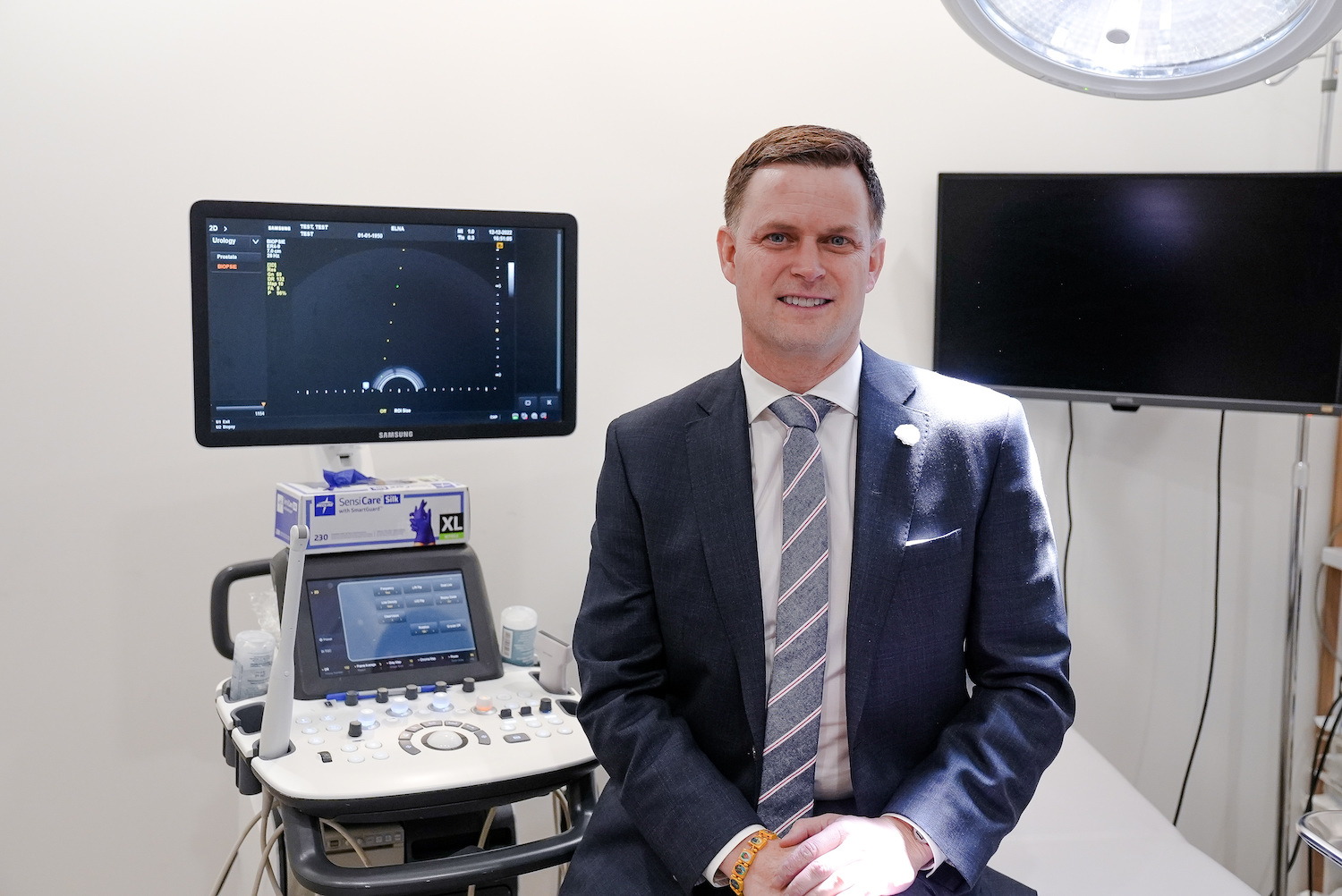Home > Treatments > TURBT
Transurethral Resection of Bladder Tumor (TURBT) is a minimally invasive surgical procedure used to diagnose and treat bladder cancer.
During the procedure, a cystoscope is inserted through the urethra to visualize and remove or destroy abnormal bladder tissue, providing both a definitive diagnosis and therapeutic intervention.
Transurethral resection of bladder tumor, or more commonly known as TURBT, is a procedure that is performed to diagnose and treat bladder cancer at the same time.
A cystoscope, which is a long, thin tool that has a camera on it, is used to find the tumor in your bladder and cut it out. No incisions are required for a TURBT procedure - the cystoscope is inserted through your urethra, which is the tube that your urine travels through to exit your body, in order to reach your bladder.
A candidate may be considered a candidate for TURBT based on various factors related to the diagnosis and staging of bladder cancer.
If there are suspicious findings during cystoscopy or imaging studies, a TURBT may be performed to obtain tissue samples (biopsy) for pathological examination. Additionally, patients with non-invasive or superficial bladder tumors may undergo TURBT as the primary treatment. This procedure can be curative for certain early-stage bladder cancers.
A TURBT procedure offers several benefits for both diagnosis and treatment of bladder cancer.
TURBT is a valuable tool for diagnosing bladder cancer. By obtaining tissue samples during the procedure, it allows for a definitive pathological diagnosis, enabling healthcare providers to determine the type and stage of the cancer.
TURBT provides essential information about the stage of bladder cancer. This helps healthcare professionals understand the extent of tumor involvement, whether the cancer is confined to the superficial layers of the bladder lining or if it has invaded deeper layers. Staging guides treatment decisions and prognosis.
TURBT can alleviate symptoms associated with bladder cancer, such as hematuria (blood in the urine) and urinary obstruction. By removing or reducing the tumor burden, patients may experience relief from these symptoms.

Effective symptom relief with minimally invasive and low risk treatments.
Prior to a TURBT procedure, your healthcare provider will give you gel anesthesia or spinal anesthesia so you will be numb during the treatment.
To perform this procedure, your healthcare provider will start by inserting the scope into your bladder through your urethra. They will locate and remove the tumor with a small cutting device. After the procedure, a pathologist will examine the tumor.
Heat will be applied to the area where they resected the tumor in order to stop any bleeding. The scope is removed, and a catheter is inserted if needed. This will drain your urine and other fluids from your bladder and prevent blood clots.
The duration of a TURBT procedure can vary depending on factors such as the size and complexity of the tumor, the extent of the resection required, and the individual patient’s anatomy. On average, a TURBT procedure typically takes approximately 30 minutes to 1 hour.
Patients will typically get a catheter after the procedure for several days to allow the reception site to heal. After 4 weeks following the surgery, patients will return to the clinic to review their pathology. At this visit, we will determine the next cystoscopy screening, and the potential need for intravesical BCG, or other therapies to prevent recurrence and progression.
It can take up to 6 weeks to feel like you are fully recovered from a TURBT procedure. During the first 2 weeks, it is recommended that you get plenty of rest, and you should avoid straining or lifting any heavy objects. Your healthcare provider may also recommend you avoid driving.
It is possible that you may experience pain or burning when you pee. Your healthcare provider can let you know how to manage any discomfort. You also might notice a little bit of blood in your pee. This is normal, but let your provider know if you see more blood than expected.



Your provider will give you instructions on how to prepare for bladder tumor resection. Following their directions closely can reduce your risk of complications. Before TURBT, your provider may ask you to:
Some people might need chemotherapy after TURBT. Your provider might recommend intravesical chemotherapy – medicine delivered directly to your bladder through a catheter – after TURBT if the tumor has not spread outside of your bladder. They might give you the first dose during the TURBT procedure by applying chemotherapy to the inside of your bladder after removing the tumor. Additional treatments would then start in the weeks following TURBT.
If cancer has spread (metastasized), you might have chemotherapy through an IV, so it can treat your entire body.
